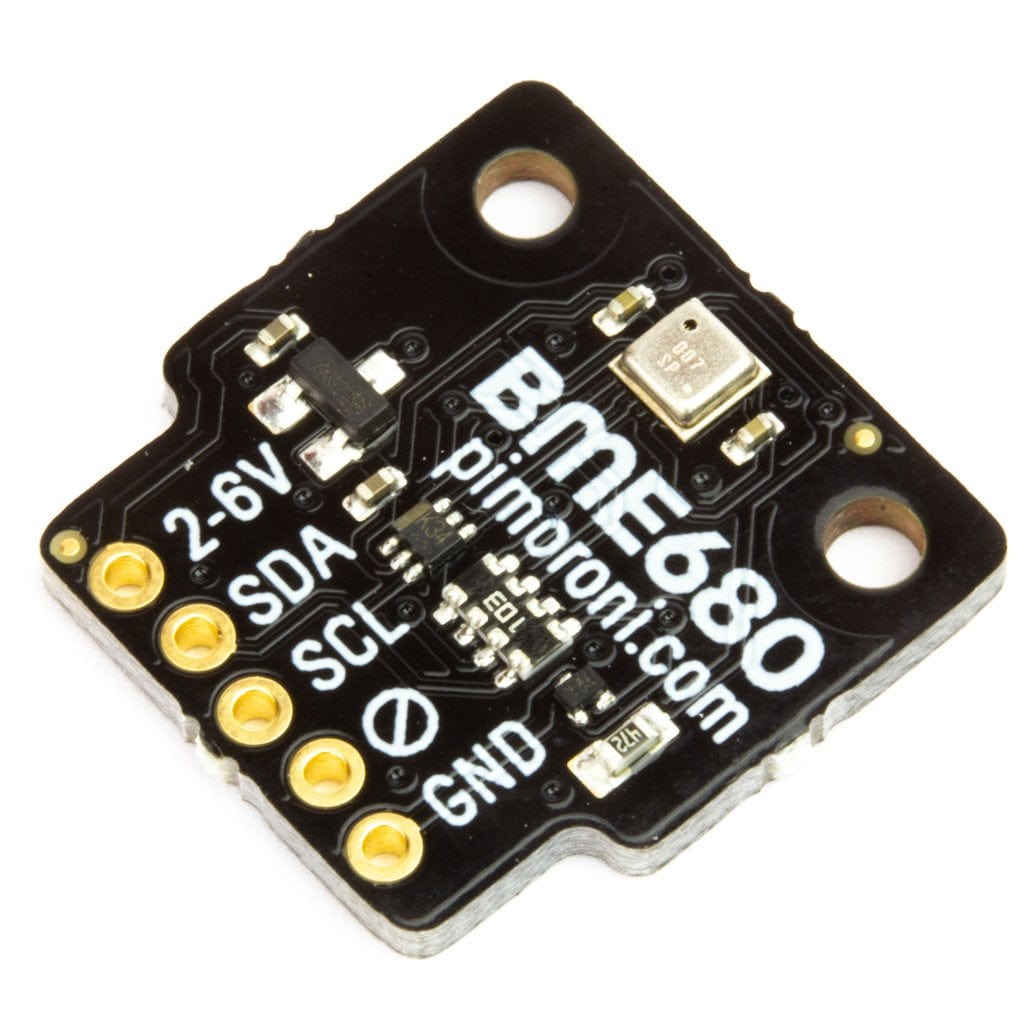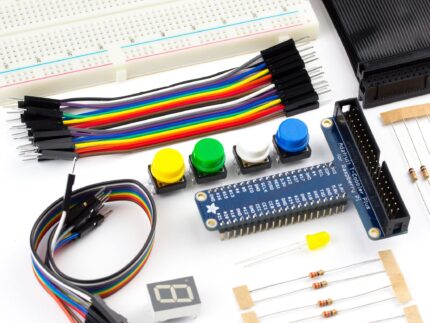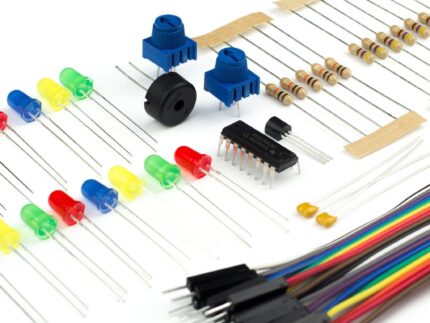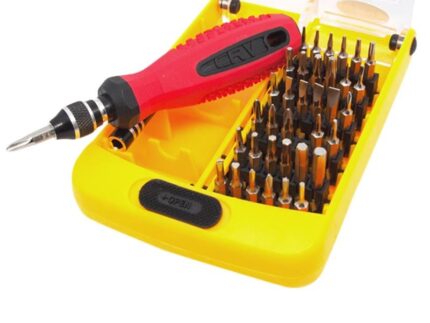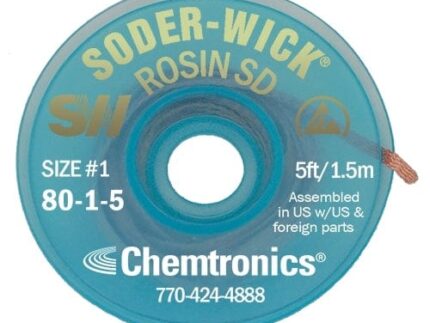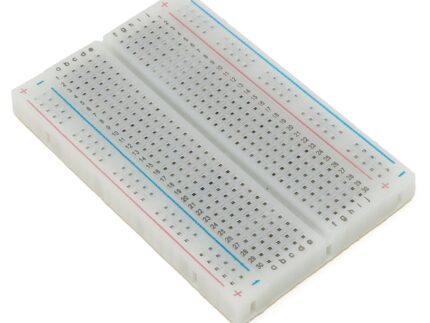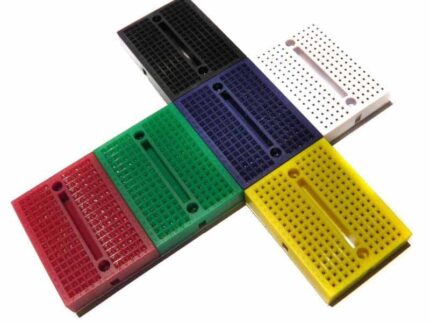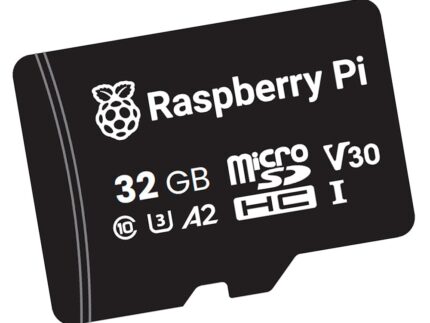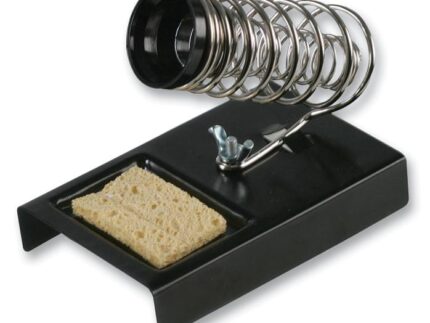BME680 Breakout – Air Quality, Temperature, Pressure, Humidity Sensor
The state-of-the-art BME680 breakout lets you measure temperature, pressure, humidity, and indoor air quality, and is Raspberry Pi and Arduino-compatible!
Use this breakout to monitor every aspect of your indoor environment. Its gas resistance readings will react to changes in volatile organic compounds and can be combined with humidity readings to give a measure of indoor air quality.
Want to get an idea of whether there’s adequate ventilation in your bedroom, your workshop, or workplace? Set up a BME680 on a Pi Zero W and have it log sensor readings to a file, or stream live data to a web service like adafruit.io or freeboard.io.
Check out our full range of Breakout’s and Breakout Garden’s here
Features
- Bosch BME680 temperature, pressure, humidity, air quality sensor
- I2C interface, with address selected via ADDR solder bridge (0x76 or 0x77)
- 3.3V or 5V compatible
- Raspberry Pi-compatible pinout (pins 1, 3, 5, 7, 9)
- Compatible with Raspberry Pi 3B+, 3, 2, B+, A+, Zero, and Zero W
- Python library
- Datasheet
Kit includes
- BME680 breakout
- 1×5 male header
- 1×5 female right-angle header
We’ve designed this breakout board so that you can solder on the piece of right-angle female header and pop it straight onto the bottom left 5 pins on your Raspberry Pi’s GPIO header (pins 1, 3, 5, 7, 9). The right angle header also has the advantage of positioning the breakout away from the Pi’s CPU so as to minimise radiated heat.
Software
As well as the C library provided by Bosch, we’ve put together a Python library (with a quick and painless one-line-installer) to use with your BME680, making it straightforward to combine it with our other boards (why not use a Blinkt! or Unicorn pHAT to visualise air quality in real time?)
Our software does not support Raspbian Wheezy.
Notes
- In our testing, we’ve found that the sensor requires some burn-in time (at least 20 minutes) and that readings may take a couple of minutes to stabilise after beginning measurements
- The solder pads (marked ADDR) can be bridged to change the I2C address from the default of 0x76 to 0x77, meaning that you can use up to two sensors on the same Raspberry Pi or Arduino
- Dimensions: 19 x 19 x 2.75mm (LxWxH)
